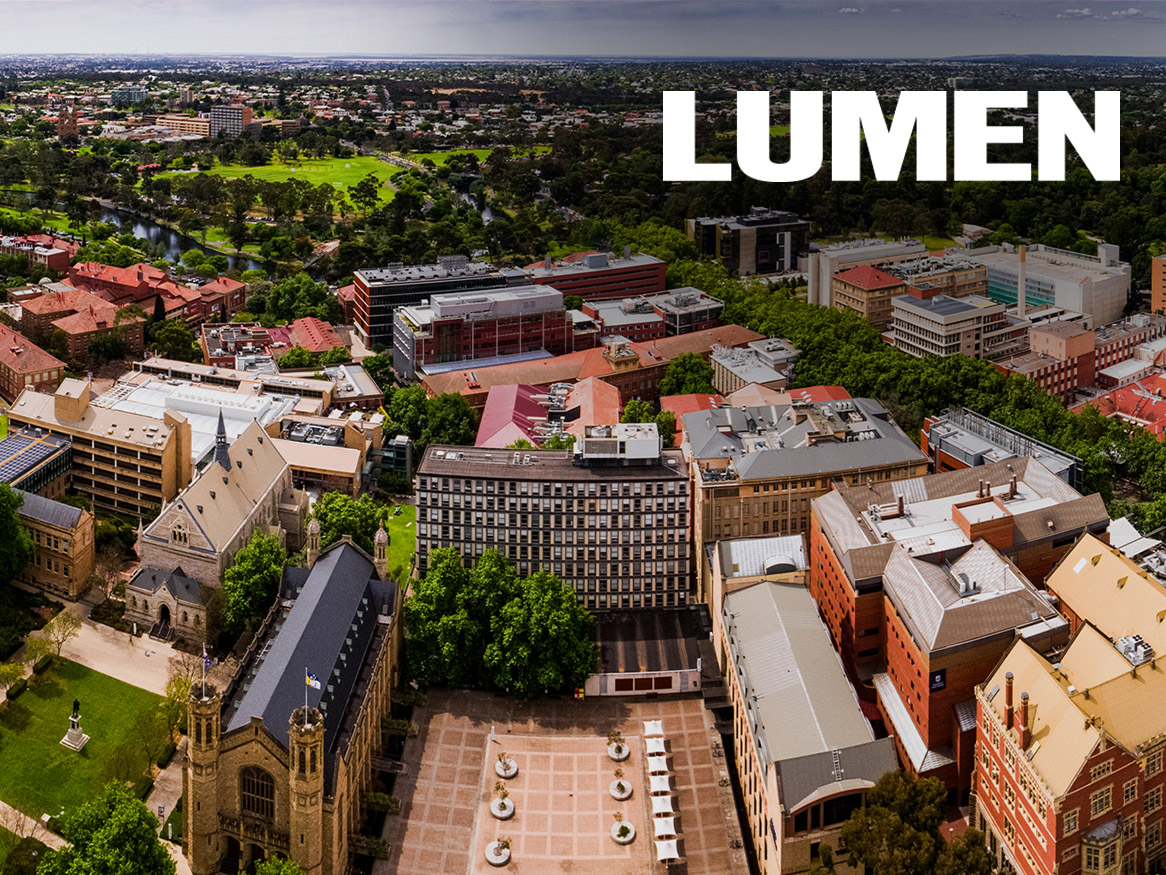Anti-doping systems in sport doomed to fail
Doping paper![[PDF] [PDF]](/global/images/nav/pdf_micro.gif) (233.45K)
(233.45K)"Anti-doping systems in sports are doomed to fail: a probability and cost analysis", by Aaron Hermann and Maciej Henneberg.
Friday, 26 July 2013
New research from the University of Adelaide shows that the probability of finding doping cheats in sport is so low, and the cost of testing so high, that sports authorities cannot hope to make any major inroads into the problem.
The work, led by researchers in the University of Adelaide's School of Medical Sciences, has investigated world-wide data of positive results of doping tests, their sensitivity and frequency across 93 different sports.
"Despite testing, doping in sports now seems to be more widespread than ever. However, because anti-doping systems in sport are so unreliable, and the number of tests per year is so low, the likelihood of catching a drug cheat is extremely low," says Professor Maciej Henneberg, supervisor and co-author of the research, which was conducted by PhD student Aaron Hermann.
"The average sensitivity of doping tests is about 40%, and the window of opportunity for detecting illicit doping drugs is narrow," Professor Henneberg says.
"If an athlete receives 12 tests a year, the probability of detection with continuous doping is only 33%. But we know that athletes don't continuously use performance-enhancing drugs; they have increasingly sophisticated techniques to avoid detection."
Professor Henneberg says for the testing to be completely effective, it would not be economically viable.
"In reality, if sports authorities are to have a 100% chance of detecting drug cheats, each of the world's athletes would need to be tested up to 50 times a year at a cost of at least $25,000 per athlete. And that's just based on the lowest cost tests currently available, without any of the additional costs," he says.
Professor Henneberg says the total cost per year for all athletes to be effectively tested would be astronomical.
"For example, the annual cost of testing Germany's 4000 official athletes would exceed e84 million euro (AUD $121 million). When you consider that the annual revenue for the German National Anti-Doping Association was only e4.5 million euro for the year ending 2010, that's a massive shortfall," he says.
"This suggests that the current system of anti-doping testing is inadequate to eliminate doping. It appears that anti-doping policies are in place more for perception, to show that the right thing is being done. In practice, based on these estimates, the anti-doping system is doomed to fail."
A copy of the paper Anti-doping systems in sports are doomed to fail: a probability and cost analysis can be found here.
Contact details
Email: maciej.henneberg@adelaide.edu.au
Wood Jones Professor of Anthropological and Comparative Anatomy; Head, Biological Anthropology and Comparative Anatomy Research Unit
Adelaide Medical School
The University of Adelaide
Mobile: +61 (0)414 885 983
Dr Aaron Hermann
Email: aaron.hermann@adelaide.edu.au
School of Medical Sciences
The University of Adelaide
Mobile: +61 (0)435 554 883
Mr David Ellis
Email: david.ellis@adelaide.edu.au
Website: https://www.adelaide.edu.au/newsroom/
Deputy Director, Media and Corporate Relations
External Relations
The University of Adelaide
Business: +61 8 8313 5414
Mobile: +61 (0)421 612 762







